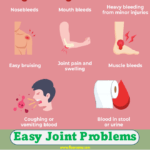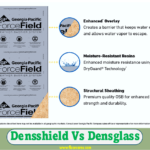Quikrete Concrete Resurfacer Problems: Quikrete Concrete Resurfacer may crack due to ground movement, excessive dust, or high moisture levels, leading to delamination. Resurfacing is a cost-effective alternative to replacing old concrete.
Quikrete Concrete Resurfacer is popular for restoring residential and commercial concrete surfaces. However, it’s essential to be mindful of potential problems, such as cracking, caused by ground movement and excessive moisture. In such cases, the resurfaced layer may deteriorate.
Additionally, resurfacing concrete is usually more economical and practical than completely replacing it. However, factors such as excessive dust and high moisture levels can lead to the deterioration of the resurfaced layer. This article explores the common issues with Quikrete Concrete Resurfacer and advises on addressing them effectively.
Common Concrete Resurfacer Problems
Quikrete Concrete Resurfacer is a popular solution for reviving old, worn-out concrete surfaces. However, like any product, it’s not immune to issues. Understanding the common problems associated with concrete resurfacing can help you tackle them effectively for a long-lasting and satisfactory result.
Product Gradually Disintegrating
One of the most recurring issues with Quikrete Concrete Resurfacer is the product gradually disintegrating over time, turning back into sand. This disintegration not only compromises the integrity of the surface but can also lead to the tracking of sand indoors, causing inconvenience and potential damage to interior surfaces.
Peeling And Cracking Issues
Another prevalent problem users report is the peeling and cracking of the resurfaced concrete surface, even with minimal or no foot traffic. This impacts the surface’s visual appeal, poses safety hazards, and necessitates premature repairs or reapplication.
Surface Dusting And Moisture Problems
Dusting and moisture-related issues are also commonly observed with Quikrete Concrete Resurfacer. High levels of surface dusting and moisture can compromise the adhesion and durability of the resurfacing material, leading to delamination and ultimately causing damage to the newly applied surface.
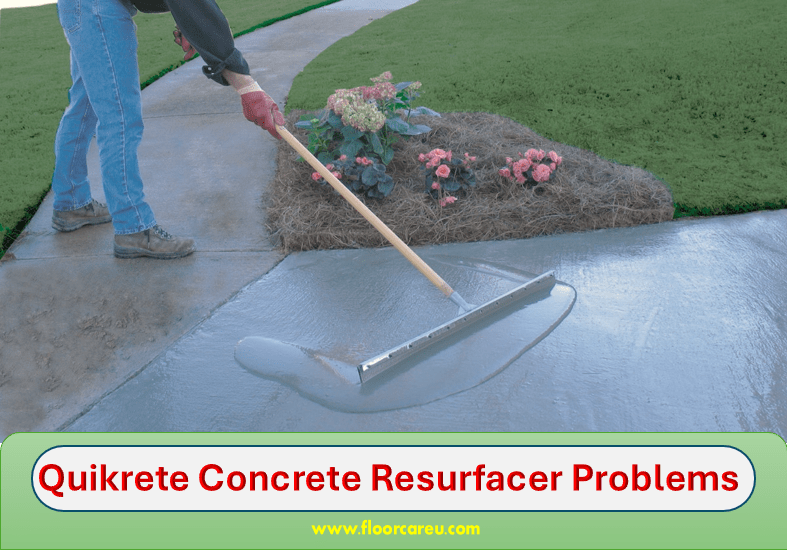
Issues With Quikrete Concrete Resurfacer
Quikrete Concrete Resurfacer may experience issues like premature breakdown and returning to sand, leading to dust and tracking. Customers may face cracking and delamination due to underlying ground movement and high moisture levels, which impact durability. It’s crucial to assess and prepare surfaces properly to avoid such problems.
Sand-like Breakdown Of The Product
Many users have reported a concern with Quikrete Concrete Resurfacer, experiencing a sand-like product breakdown. Instead of providing a durable surface, the resurfacer deteriorates into sand particles, leading to the tracking of sand inside homes and buildings. This unexpected breakdown poses a significant inconvenience and raises questions about the product’s quality and performance.
Unsatisfactory Performance And Reviews
Customer reviews have surfaced, highlighting the unsatisfactory performance of Quikrete Concrete Resurfacer. Despite the initial promise of a cost-effective solution for rejuvenating existing concrete, users have expressed disappointment with the short-lived results. The product’s peeling and cracking issues have left many dissatisfied, questioning its reliability and suitability for long-term use.
Inadequate Endurance Leading To Sand Tracking Inside
The inadequate endurance of Quikrete Concrete Resurfacer has resulted in an unexpected outcome – the tracking of sand inside living spaces. This affects the aesthetics of interiors and raises concerns about the product’s durability and resilience. Instead of providing a lasting solution, the resurfacer’s breakdown has resulted in an irritating and inconvenient cleaning process for users.
Comparing Resurfacing Vs. Replacing Concrete
Comparing resurfacing vs. replacing concrete is a cost-effective solution to restore old, spalled concrete. However, Quikrete Concrete Resurfacer may present problems such as cracking and delamination if not properly applied or if there are underlying issues like moisture or ground movement.
Considering these factors is important before deciding the best option for your concrete project.
Comparing Resurfacing vs. Replacing Concrete
Cost-Effectiveness of Resurfacing When considering the maintenance of your concrete surfaces, weighing the cost-effectiveness of resurfacing compared to replacing the concrete altogether is essential. Resurfacing, the process of applying a thin layer of concrete over the existing surface, can be a more economical option in many cases. Additionally, it offers numerous benefits over traditional replacement, making it an attractive choice for property owners looking to revitalize their concrete areas without breaking the bank.
Advantages of Resurfacing Over Replacement Resurfacing concrete offers several advantages over replacement, often making it the preferred choice for property owners. It’s important to consider these advantages when determining the best approach for your concrete maintenance needs:
1. Cost Savings: Resurfacing is typically more affordable than a complete replacement, requiring less material, labor, and time.
2. Time Efficiency: The resurfacing process is generally quicker than replacing concrete, minimizing disruptions to daily activities.
3. Eco-Friendly: By reusing the existing concrete base, resurfacing helps reduce waste and minimizes the environmental impact of construction projects.
4. Enhanced Durability: Quality resurfacing products can restore and reinforce the strength and integrity of the original concrete, extending its lifespan and performance.
In conclusion, considering the cost-effectiveness and advantages of resurfacing over concrete replacement can help property owners make informed decisions about their maintenance needs. Before committing to either option, it’s crucial to assess the condition of the existing concrete and consult with professionals to determine the most suitable solution.
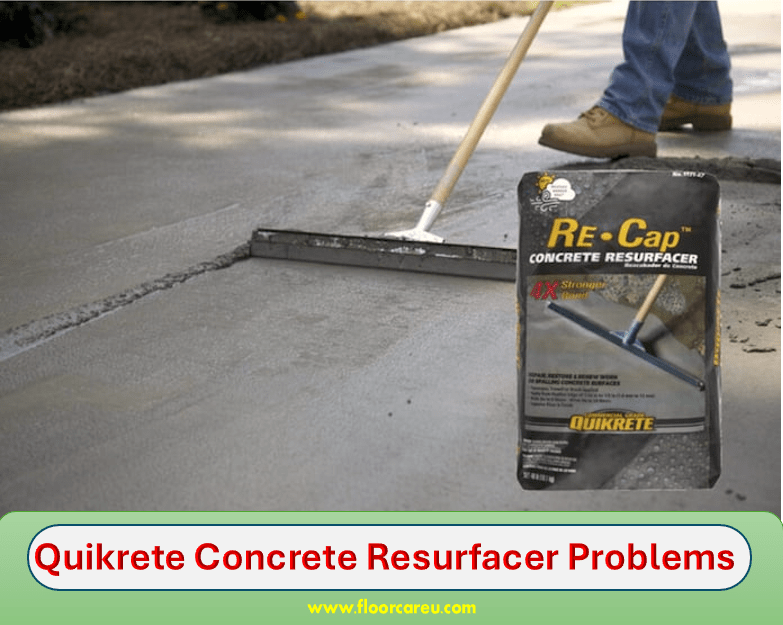
Optimal Concrete Resurfacing Thickness
Recommended Thickness For Concrete Resurfacing Layers
Understanding the optimal thickness for the layers is crucial to ensuring a successful and long-lasting result in concrete resurfacing. The recommended thickness for concrete resurfacing layers is pivotal in determining the durability and performance of the resurfaced surface. Insufficient thickness may lead to cracking and delamination, while excessive thickness can result in poor adhesion and premature wear.
Optimal Thickness
When it comes to concrete resurfacing, the optimal thickness for applying the resurfacing material is generally around 1/8 to 1/4 inch. This thickness ensures a sufficient layer to cover imperfections and provide a durable surface while allowing proper adhesion to the existing substrate.
It’s important to note that the specific thickness may vary depending on the product used and the existing concrete’s condition. Consulting the product’s technical data sheet and following the manufacturer’s recommendations is essential to achieve the optimal thickness for the concrete resurfacing layers.
Best Practices For Concrete Resurfacing
For concrete resurfacing, it is important to follow best practices to ensure a successful and long-lasting application. Properly preparing the surface, applying the right bonding agents, and following the correct coating application process can help prevent potential problems and ensure a smooth finish.
Preparation Steps For Resurfacing
Before you start the concrete resurfacing process, it is essential to prepare the surface properly. This involves several key steps:
- Clean the surface thoroughly using a pressure washer to remove dirt, debris, or loose particles.
- Repair any cracks or damaged areas using a concrete patching compound.
- Evaluate the moisture level of the existing concrete to ensure it is within the acceptable range for resurfacing. High moisture levels can lead to delamination or damage.
- If necessary, apply a concrete moisture barrier to prevent excess moisture from seeping through the new coating.
Application Of Concrete Bonding Agents
A concrete bonding agent ensures proper adhesion between the existing concrete and the resurfacing material. Follow these steps for a successful application:
- Clean the surface again to ensure it is free of dust or contaminants.
- Apply the concrete bonding agent according to the manufacturer’s instructions. This may involve spraying, rolling, or brushing the agent onto the surface.
- Allow the bonding agent to dry according to the recommended time frame before proceeding with the coating application.
Coating Application Process
The coating application process is the final step in concrete resurfacing. Here’s how to apply the coating correctly:
- Mix the concrete resurfacer according to the manufacturer’s instructions, ensuring the right water-to-mix ratio.
- Pour the mixed resurfacer onto the prepared surface and spread it evenly using a long-handled squeegee or trowel.
- Work in small sections to ensure the coating is applied uniformly.
- If desired, create a non-slip finish by adding an appropriate additive to the resurfacer mix.
- If needed, allow the first coat to dry completely before applying a second coat.
- Once the final coat is applied, follow the manufacturer’s recommended curing time before allowing foot traffic or applying any sealant.
Remember, following these best practices for concrete resurfacing can help you achieve a high-quality and long-lasting result. Proper preparation, application of bonding agents, and careful coating application are essential steps in ensuring the success of your concrete resurfacing project.
Preventing And Addressing Concrete Resurfacer Problems
Proper installation techniques are essential when applying Quikrete Concrete Resurfacer to prevent potential issues. Identifying signs of cracking and delamination early on is crucial for addressing problems. By incorporating maintenance tips for long-term resilience, you can ensure the durability and longevity of your concrete surface.
Proper Installation Techniques
- Thoroughly clean and prepare the existing concrete surface before applying the resurfacer.
- Follow the manufacturer’s instructions carefully regarding mixing ratios and application methods.
- Apply the resurfacer evenly and at the recommended thickness to avoid inconsistencies.
- Allow sufficient drying and curing time as specified by the product guidelines.
Signs Of Potential Cracking And Delamination
- Monitor the surface for any visible cracks or areas of delamination after the resurfacer has been applied.
- Address any signs of cracking promptly to prevent them from worsening over time.
- Consider professional inspection if you notice significant issues that may require expert intervention.
Maintenance Tips For Long-term Resilience
- Regularly clean the resurfaced concrete surface to prevent dirt and debris buildup that can contribute to deterioration.
- Apply a sealant to the surface periodically to enhance protection and prolong the lifespan of the resurfaced concrete.
- Avoid heavy impacts or sharp objects that could potentially damage the resurfaced layer.
- Stay vigilant for any signs of wear and tear and address them promptly to prevent further damage.
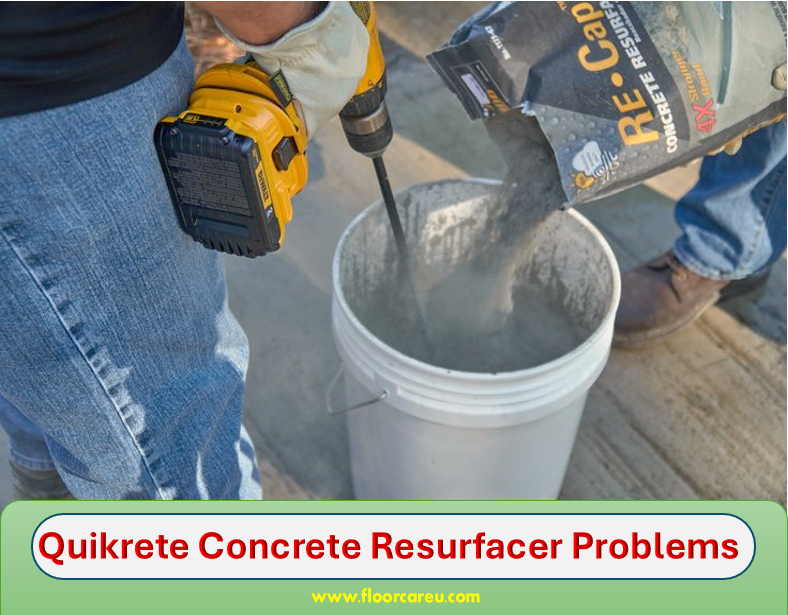
Frequently Asked Questions For Quikrete Concrete Resurfacer Problems
What Is The Best Concrete Resurfacer?
The best concrete resurfacer is QUIKRETE® Concrete Resurfacer. It is an economical alternative to replacing old, spalled concrete for residential and commercial applications. Excessive cracking and moisture levels can compromise the resurfacing process, but resurfacing is generally a more affordable and smart choice compared to completely replacing the concrete.
Does Concrete Resurfacer Crack?
Concrete resurfacer may crack due to ground movement, dusting, or high moisture levels, impacting its durability.
Is Concrete Resurfacing A Good Idea?
Concrete resurfacing is a smart and cost-effective alternative to replacing old, damaged concrete. It restores the appearance and functionality without starting from scratch. However, excessive cracking and high moisture levels can compromise the process. Therefore, proper evaluation and preparation are crucial for a successful resurfacing project.
How Thick Can You Pour Concrete Resurfacer?
The recommended thickness for pouring concrete resurfacing is between 1/16 to 1/8 inch. This thickness provides an effective, durable finish for residential and commercial applications. Excessive thickness may result in cracking and other issues.
What Are The Common Problems With Quikrete Concrete Resurfacer?
Quikrete Concrete Resurfacer may experience cracking, delamination, and dusting issues, which compromise the surface’s durability and appearance.
Can Quikrete Concrete Resurfacer Crack Easily?
Excessive cracking is a concern due to potential ground movement and moisture levels, which may lead to the resurfaced layer cracking and compromising its integrity.
Conclusion
Looking to revamp your concrete surfaces? While Quikrete Concrete Resurfacer offers convenience, users report premature breakdown and cracking issues. Consider these challenges for a smoother resurfacing experience. Opt for quality solutions to ensure lasting results. Choose wisely for durable and attractive concrete surfaces.

